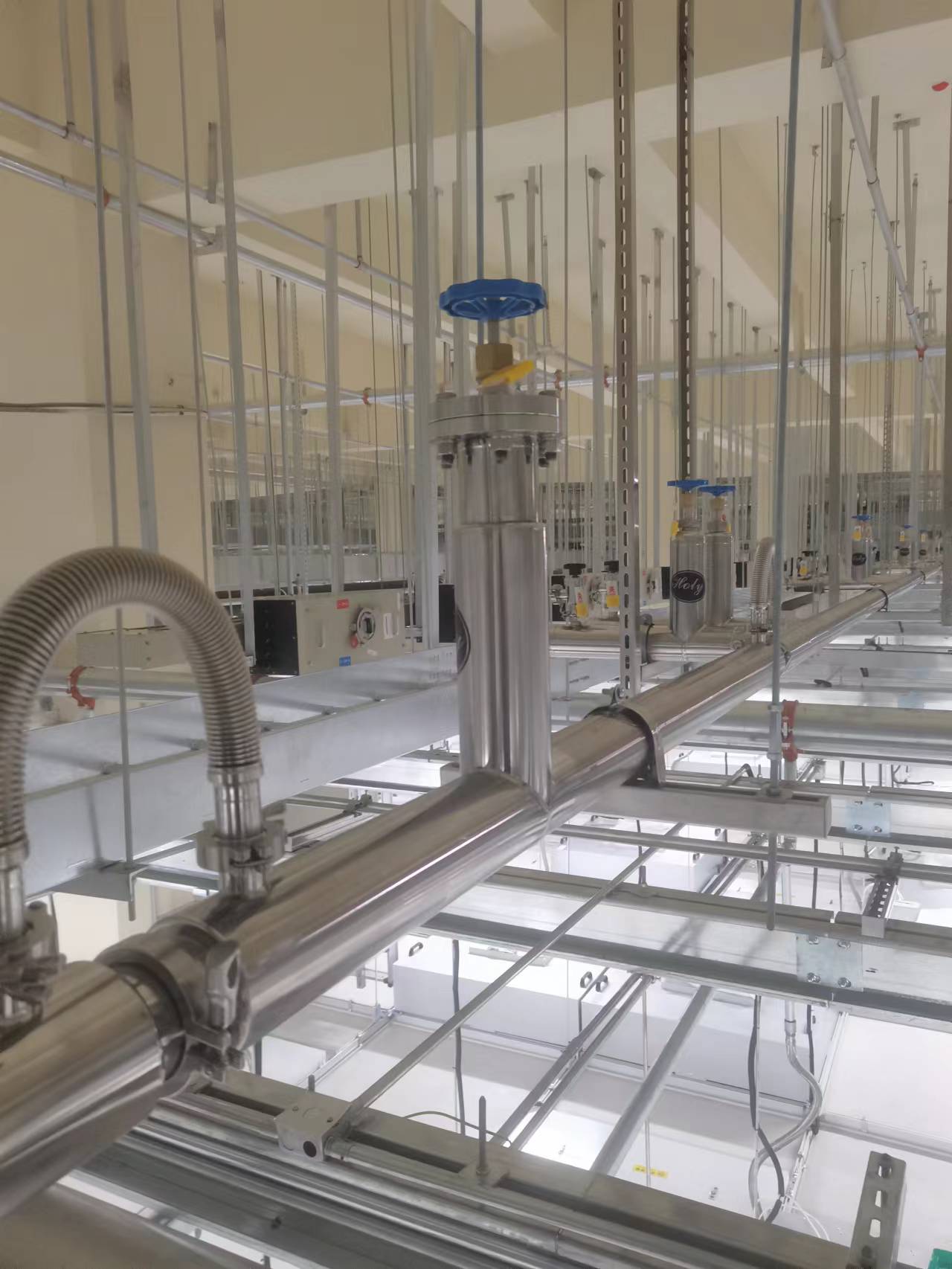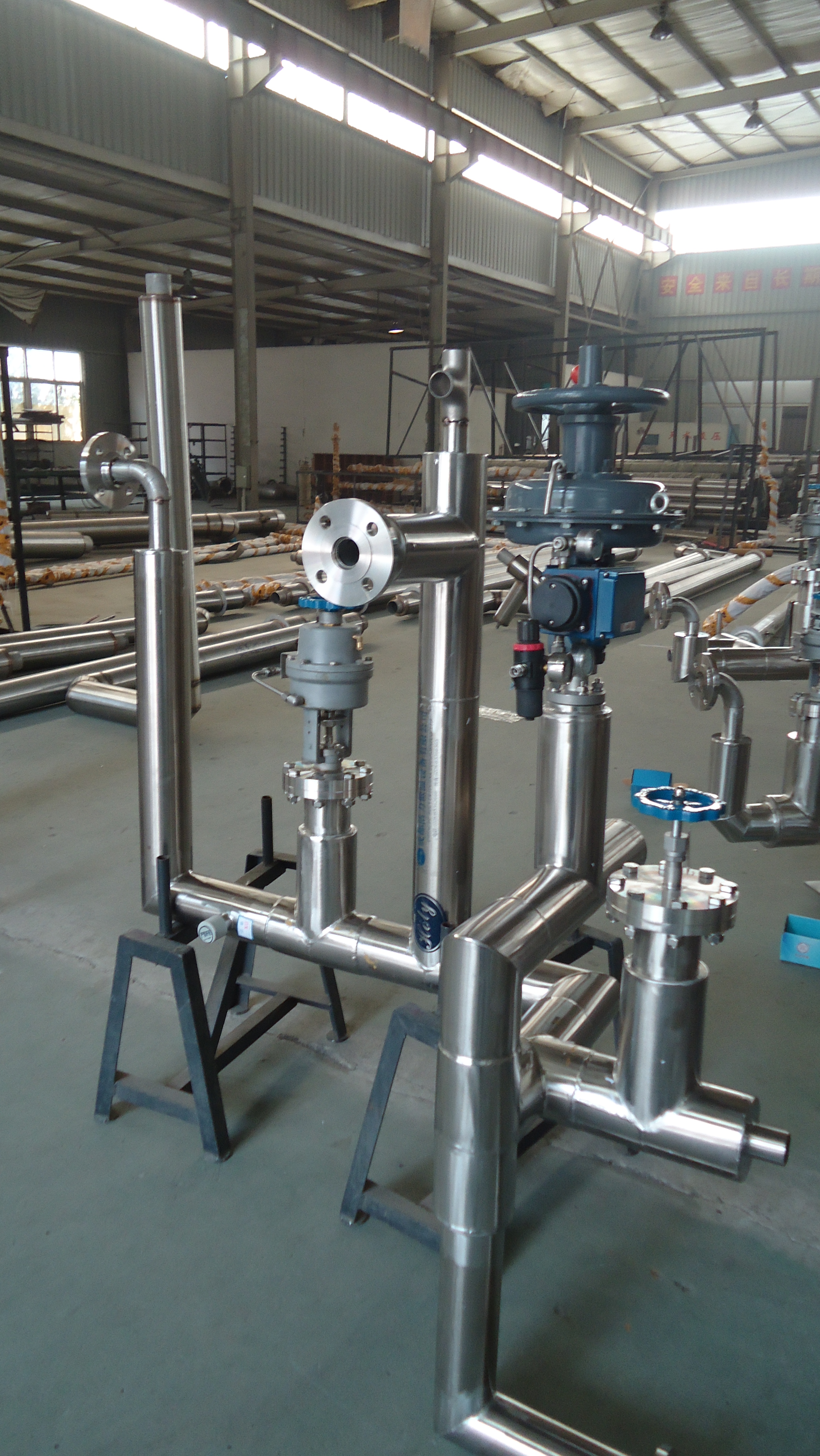Consider, for a moment, the critical applications that require extremely low temperatures. Researchers meticulously manipulate cells, which could potentially save lives. Rockets launch into space, driven by fuels colder than those found naturally on Earth. Large ships transport liquefied natural gas across the globe. What underpins these operations? Scientific innovation plays a role, yet also essential are Vacuum Insulated Pipes (VIPs) and the proficient individuals who weld them.
The degree of engineering required for the safe handling of cryogenic materials is easily underestimated. Vacuum Insulated Pipes represent a fusion of state-of-the-art technology and human skill. These pipes must hold temperature extremes, resist vacuum forces, and even contain potentially dangerous liquids. We should consider that even minute imperfections, such as barely perceptible leaks or minor insulation flaws, can lead to big problems.
What is required to achieve this level of precision consistently? There are a few welding techniques as follows:
1. Gas Tungsten Arc Welding (GTAW): Imagine a watchmaker assembling a complex timepiece or a surgeon performing a delicate procedure. While machines offer guidance, the welder's expertise remains crucial. Their keen eye and steady hand ensure the high-quality joints on the inner pipe, which is essential for transporting cryogenic fluids safely.
2. Gas Metal Arc Welding (GMAW): While GTAW prioritizes accuracy, Gas Metal Arc Welding (GMAW) achieves a balance of speed and structural integrity. In pulsed mode, GMAW is well-suited for creating the outer jacket of a Vacuum Insulated Pipe, providing protection while maintaining project completion efficiency.
3. Laser Beam Welding (LBW): Sometimes, a level of precision exceeding that of conventional welding is necessary. In such instances, welders use Laser Beam Welding (LBW). This method uses a focused energy beam to create narrow welds with minimal heat generation.
Having the right equipment is important, but it's not the only step. Successful welders must know about materials science, shielding gas operation, and welding parameter control. So, training and acknowledged certifications are essential to make sure that the system is safe when utilizing cryogenic technologies.
Companies like HL Cryogenic invest in dedicated personnel to ensure a better future for everyone. By doing things like that, we can help create a safe environment for future generations to marvel at these technologies.


Post time: Jul-23-2025






